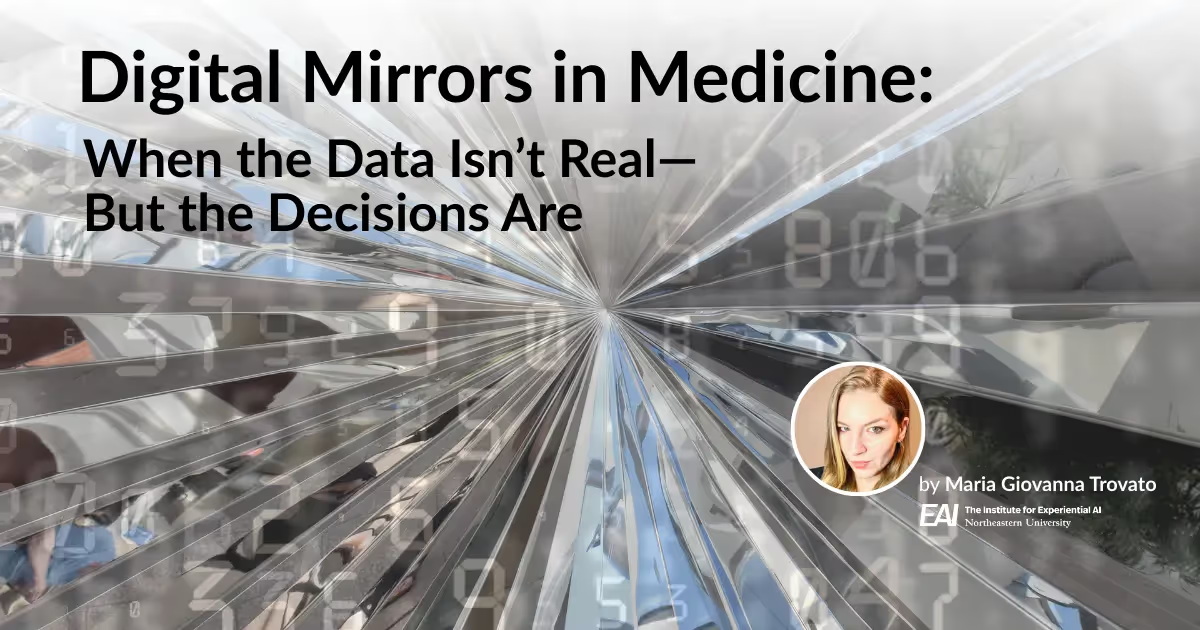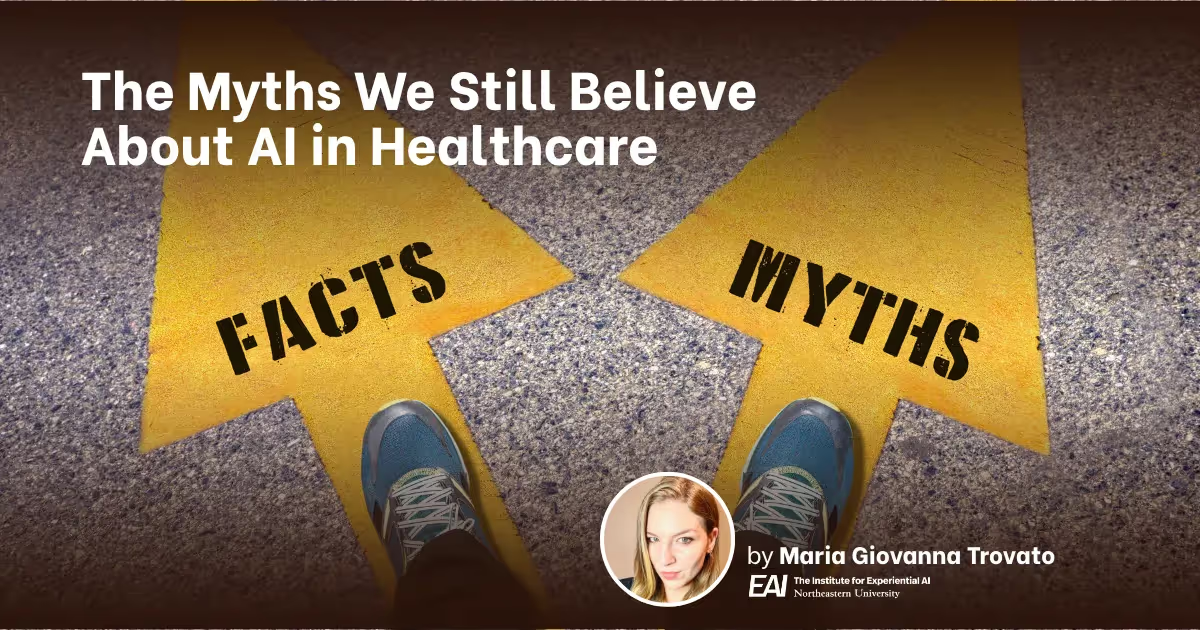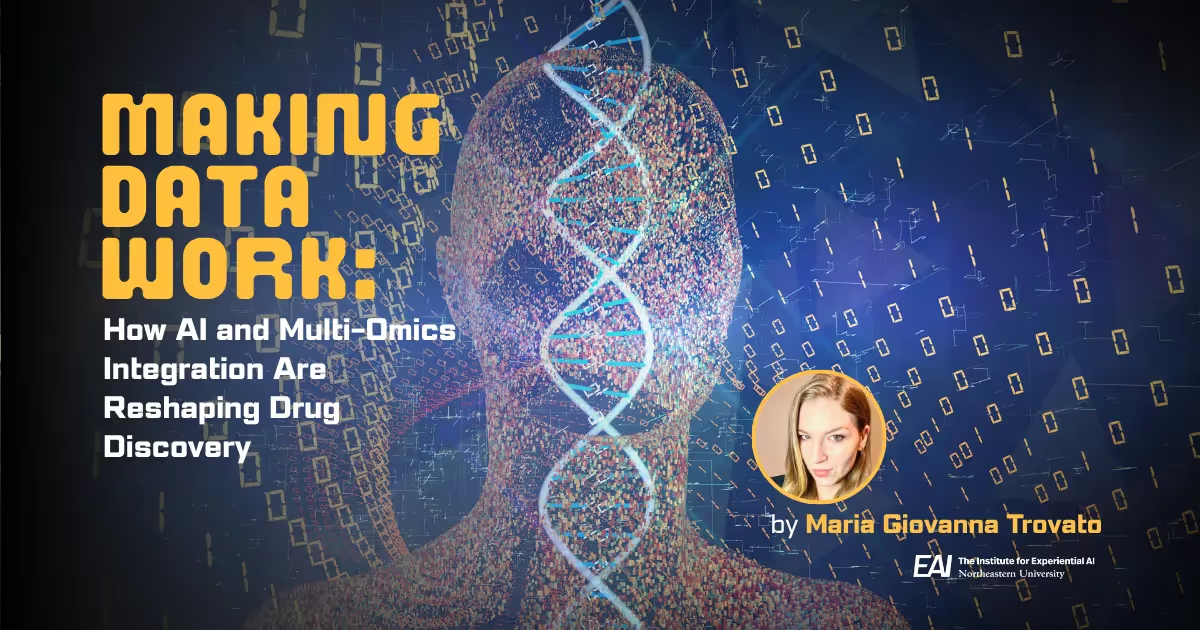Can AI Predict Health Episodes?
.avif)
Rai Winslow has long made the claim that medicine is evolving into a computational discipline. The algorithm, he often says, will soon be a valued member of the healthcare team. While caregivers will always be essential, advanced models—whether based on AI, machine learning, or other methodologies—will increasingly inform critical healthcare decisions.
As director of life sciences and medical research at The Roux Institute at Northeastern University, Winslow has made a significant contribution to the emergence of computational medicine. Recently, he outlined one of the biggest challenges in the field, which is in translating theoretical advances into successful medical outcomes.
“I think the action is in translation these days,” Winslow said in his closing remarks at The State of AI in Precision Health on Oct. 10. “There's a universe of literature on retrospective analyses of data...and more often than not that group doesn't translate into the clinic. Of course there's a reason for this: It's really hard!”
.avif)
From Theory to Practice
Winslow, who is also affiliate faculty at the Institute for Experiential AI, provided examples of recent translational efforts at the Roux Institute concerned with using AI to predict adverse health events—or, more accurately, quantifying patient health states and predicting their “time evolution.”
He described a case study involving patients with sepsis and the development of a logistic regression model to predict the transition to septic shock. The model used risk scores calculated from real-time patient data to provide caregivers with early warning signs. Analysis revealed crucial insights about patient risk before and after crossing certain thresholds, with high-risk patients showing a rapid increase in risk scores and low-risk ones showing significantly lower rates of adverse events.
The example demonstrated not only the effectiveness of the model in predicting health events, but also potential shortcomings in clinical responses to sepsis: Patients too often do not receive adequate treatment at critical moments.
The HEART Project
Winslow further provided an overview of the HEART (Healthcare Enabled by AI in Real-Time) Project from Northeastern’s Impact Engine program, which uses machine learning to collect data from ICU patients for predictive analysis. Specifically, Winslow and his team are concerned with cardiac surgery patients and wanted to produce a more accurate prediction model than an existing risk calculator hosted by the Society of Thoracic Surgeons (STS) Adult Cardiac Surgery Database (ACSD). That algorithm and the data behind it, Winslow said, are unpublished and unavailable.
“I'm not discounting the insights from physicians,” Winslow said, “but why not collect everything?”
He also presented results of the Heart Project’s predictive algorithm compared to the existing STS-ACSD algorithm. It performed significantly better. He showed how training predictive models on electronic health record (EHR) data resulted in far more accurate insights for patients suffering from stroke, renal failure, or prolonged ventilation.
“That now primes us to be able to do two things,” Winslow said, “to grab a set of data on a patient when they're admitted to the CTCU (Cardiothoracic Care Unit) and make these predictions. What’s the likelihood they're going to experience a stroke or renal failure or going to need prolonged ventilation as they recover?”
In the Healthcare Loop
As with most talks at the conference, Winslow stressed the importance of the "human in the loop" approach to AI championed by the Institute for Experiential AI, which seeks to complement AI analysis with human thoughtfulness. More broadly, the idea is to integrate advanced computational techniques to support clinical decision-making.
“What remains to be done is to tackle the problem of when are [patients] going to have their adverse event? Can we build predictors that look at the next eight hours or four hours or whatever the time increment is and build a system that says, ‘That patient there is highly likely to undergo a specific adverse event in the following time interval.’ [With AI,] that is actionable.”
Watch Rai Winslow’s full presentation below, and explore more talks and recaps here.




